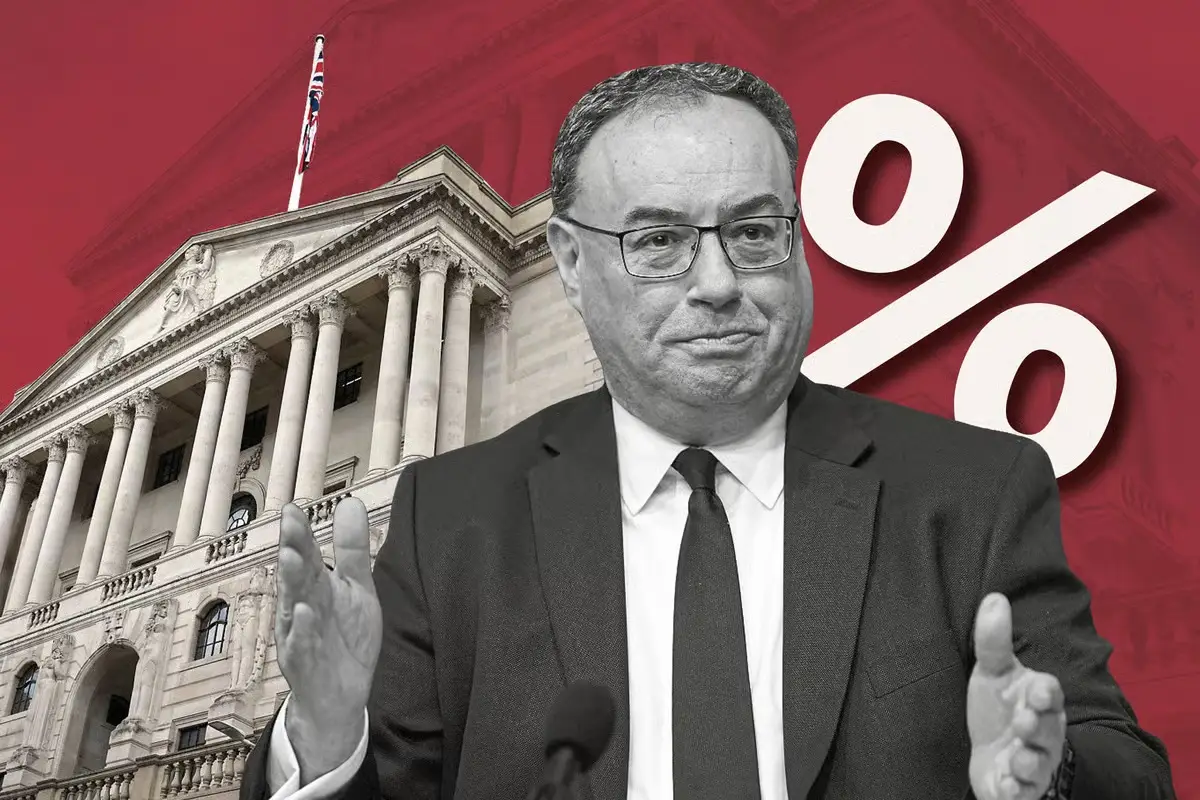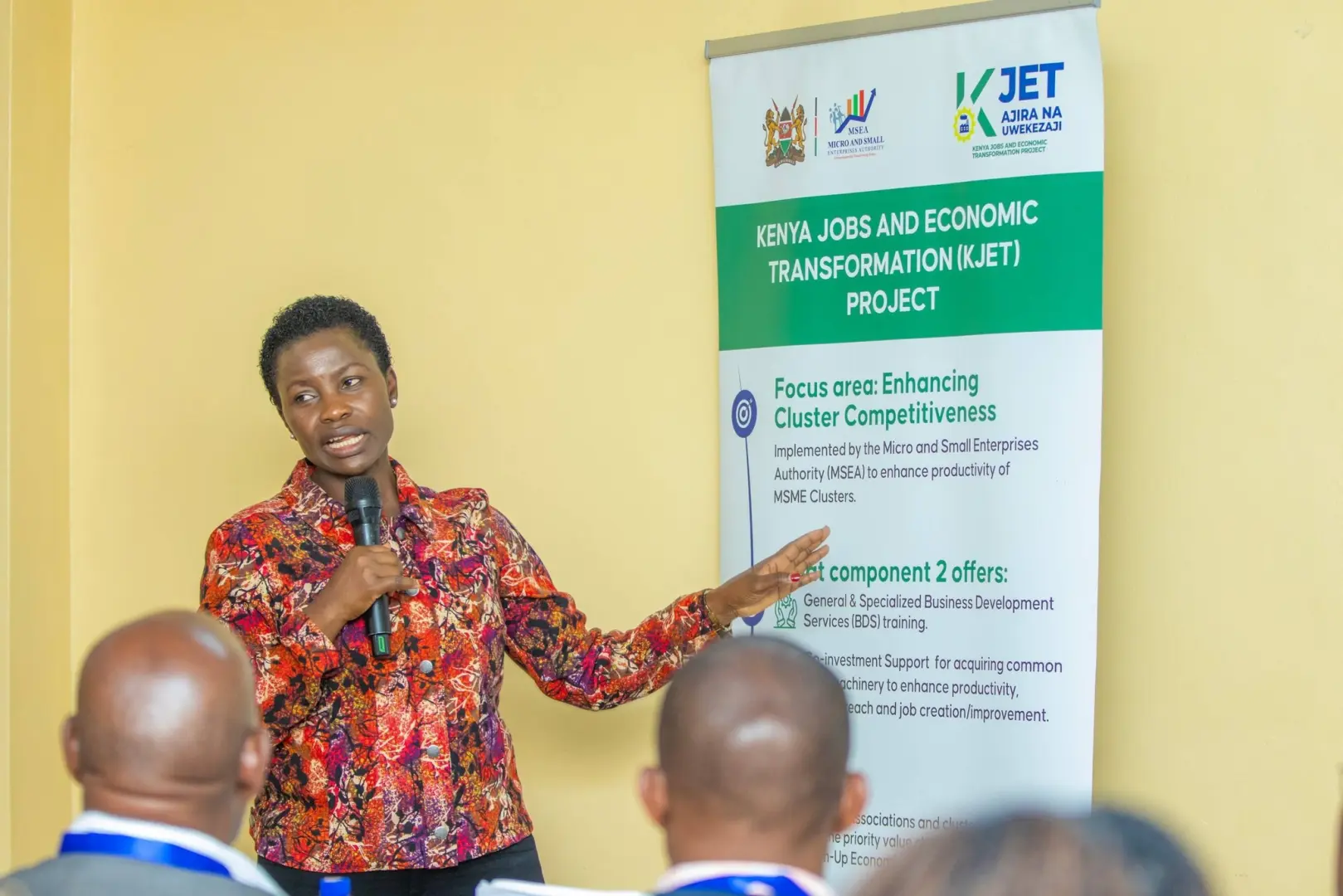Nigeria’s money markets experienced significant repricing on Wednesday as overnight lending rates fell 100 basis points to 25.5% following the Central Bank of Nigeria’s historic decision to cut its benchmark rate for the first time since 2020. The rate adjustment, coupled with a surge in banking system liquidity to 3 trillion naira ($2.02 billion), marks a decisive dovish shift in monetary policy as inflation shows sustained decline for five consecutive months.
The Central Bank of Nigeria (CBN) reduced its Monetary Policy Rate by 50 basis points to 27% on Tuesday, marking the end of an aggressive tightening cycle that saw six rate hikes in 2024 following three hold decisions earlier this year. Governor Olayemi Cardoso emphasized that the decision was driven by sustained disinflation, projections for continued inflation decline, and the imperative to support economic growth.
Build the future you deserve. Get started with our top-tier Online courses: ACCA, HESI A2, ATI TEAS 7, HESI EXIT, NCLEX-RN, NCLEX-PN, and Financial Literacy. Let Serrari Ed guide your path to success. Enroll today.
Market Response and Liquidity Dynamics
Trading activity intensified as markets rapidly adjusted to the new policy stance, with one money market trader noting, “We have seen repricing happening. Rates are down to reflect the new levels.” The adjustment was largely anticipated by market participants, who had already begun pricing in rate cuts as yields trended lower ahead of Tuesday’s announcement.
The significant boost in banking system liquidity played a crucial role in driving money market activity, with banking system liquidity rising by 1.15 trillion naira on Tuesday alone. This liquidity surge created conditions favorable for the central bank’s policy transmission, enabling the swift adjustment of overnight lending rates across the financial system.
The CBN simultaneously narrowed its interest rate corridor as part of the dovish signal, lowering the standing lending facility to 29.5% from 32.5% and reducing the deposit facility to 25.5% from 26.5%. These adjustments provide clearer guidance to commercial banks on appropriate lending and deposit rates while enhancing the effectiveness of monetary policy transmission.
Inflation Trajectory and Economic Context
The rate cut reflects the sustained disinflation Nigeria has experienced since peaking at over 31% earlier in 2024. Headline inflation declined to 20.1% year-on-year in August 2025, representing the fifth consecutive monthly decrease and providing the central bank with scope to ease monetary conditions.
This improvement marks a dramatic turnaround from the inflationary crisis that followed President Bola Tinubu’s economic reforms initiated in May 2023. The removal of costly fuel subsidies, naira devaluation, and foreign exchange market liberalization initially pushed inflation to 28-year peaks, forcing the CBN into an aggressive tightening cycle that saw rates increase from 17.5% to 27.5% between January 2023 and September 2024.
However, the World Bank has applauded Nigeria’s reform implementation, noting that “positive results from these reforms are starting to show at the macroeconomic level.” The institution projects continued disinflation with inflation expected to fall to 14.3% by 2027 if current policies are maintained.
Broader Economic Reforms and Impact
President Tinubu’s comprehensive economic reforms, while initially painful for Nigerian consumers, have begun yielding positive macroeconomic results. The removal of fuel subsidies, which cost the government over $10 billion annually in 2022, has significantly improved fiscal dynamics alongside naira liberalization.
The fiscal position has shown remarkable improvement, with the federal government’s deficit narrowing to 4.4% of GDP in the first half of 2024 from 6.2% in the corresponding period of 2023. This improvement reflects both reduced subsidy expenditures and enhanced revenue collection from a more realistic exchange rate regime.
Foreign exchange reserves have strengthened substantially, rising from $32.9 billion at end-2023 to more than $38.8 billion by mid-October 2024, providing crucial buffers against external shocks. The unified exchange rate regime has eliminated the distortions that previously undermined government revenues and encouraged speculative activities.
Economic Growth Momentum
Nigeria’s economy has demonstrated resilience despite reform-induced volatility, with GDP growth accelerating through 2024. The World Bank’s lead economist for Nigeria, Alex Sienaert, revealed that the economy expanded by 4.6% year-on-year in the fourth quarter of 2024, with momentum continuing into early 2025.
The latest official data shows Nigeria’s economy grew by 4.23% year-on-year in Q2 2025, up from 3.48% in the same quarter of the previous year. This acceleration reflects improved oil sector performance, robust services sector activity, and gradually recovering consumer demand as reform impacts stabilize.
Manufacturing sector challenges persist, however, with the Manufacturers Association of Nigeria highlighting concerns about industrial base erosion. Manufacturing’s share of GDP declined from 27.65% in 2014 to 21.08% in 2024, with approximately 767 factories closing in 2023 alone due to power shortages, financing constraints, and high input costs.
One decision can change your entire career. Take that step with our Online courses in ACCA, HESI A2, ATI TEAS 7, HESI EXIT, NCLEX-RN, NCLEX-PN, and Financial Literacy. Join Serrari Ed and start building your brighter future today.
Policy Outlook and Analyst Perspectives
Standard Chartered Bank’s head of Africa strategy, Samir Gadio, noted that “policy rates had lagged the rally in market rates, hence the limited reaction post-MPC meeting.” He emphasized that markets are attempting to gauge the pace of further monetary policy relaxation while assessing potential risks from Open Market Operations (OMO) issuance, though consensus suggests OMO activities may slow.
FocusEconomics panelists expect the CBN to continue reducing rates through end-2025, with projections ranging from 125 to 350 cumulative basis points in cuts. This dovish outlook reflects growing confidence in the sustainability of disinflation trends and the need to support economic growth momentum.
However, analysts warn that structural challenges remain. Much of Nigeria’s inflation stems from supply-side constraints including food insecurity, transportation bottlenecks, and infrastructure deficits rather than purely monetary factors. Food inflation currently runs at approximately 40%, driven by flooding, security concerns, low agricultural productivity, and lingering effects from global supply disruptions.
Regional Context and Comparisons
Nigeria’s rate cut aligns with a broader trend of monetary easing across major African economies. Ghana, Egypt, and South Africa have all implemented similar policy adjustments, citing cooling inflation pressures in each case. This regional synchronization reflects common factors including stabilizing commodity prices, improving global supply chains, and the normalization of post-pandemic economic conditions.
The timing is particularly significant given Nigeria’s position as Africa’s most populous country and largest economy by nominal GDP, though recent naira depreciation has temporarily ceded the latter position to South Africa. Nigeria’s GDP rebasing exercise in mid-2024 raised nominal GDP to $243.3 billion, still falling short of reclaiming continental leadership.
Challenges and Risk Factors
Despite positive developments, significant challenges persist for Nigeria’s economic outlook. The ongoing cost-of-living crisis continues to impact household welfare, with poverty rates rising from 44% in 2021 to 46% in 2023 according to World Bank estimates, affecting approximately 104 million people.
Currency competitiveness remains a delicate balancing act, with the naira having depreciated dramatically from around 460 to the dollar during the 2023 election to just below 1,500 currently. While this massive devaluation has improved export competitiveness and fiscal revenues, it has also fueled import cost inflation that continues to pressure household budgets.
Infrastructure constraints, particularly in power generation and distribution, continue hampering industrial productivity. Nigeria’s manufacturing capacity utilization remains suboptimal, while access to affordable long-term financing limits private sector investment despite improved macroeconomic fundamentals.
Market Implications and Investment Outlook
The dovish monetary policy shift signals growing confidence in Nigeria’s macroeconomic stabilization efforts and could encourage increased risk-taking in domestic financial markets. Lower rates should reduce borrowing costs for businesses and consumers, potentially supporting credit growth and investment activity.
However, the success of this policy pivot depends critically on sustaining disinflation momentum without triggering renewed currency pressures or capital flight. The CBN’s challenge lies in calibrating policy easing to support growth while maintaining credibility in its inflation-fighting mandate.
Foreign investors, who have been cautious about Nigerian assets amid reform volatility, may view the rate cut as evidence of policy normalization and improving economic fundamentals. The combination of higher yields relative to global benchmarks and improving macroeconomic stability could attract portfolio flows if sustained.
Looking Ahead
The rate cut represents a crucial inflection point in Nigeria’s post-reform monetary policy cycle, signaling confidence in the sustainability of disinflation trends and the economy’s capacity to handle easier financial conditions. The CBN’s success in engineering this transition without undermining hard-won macroeconomic stability will be crucial for Nigeria’s medium-term growth prospects.
With continued World Bank support and gradually improving fiscal space, Nigeria has an opportunity to consolidate recent gains while addressing structural bottlenecks that have historically constrained growth potential. The challenge lies in maintaining reform momentum while managing the political and social pressures arising from persistent cost-of-living challenges.
As markets adjust to the new policy stance, attention will focus on upcoming inflation data, fiscal performance, and external sector developments to gauge whether this dovish shift can be sustained or whether renewed tightening may become necessary to preserve macroeconomic stability.
Ready to take your career to the next level? Join our Online courses: ACCA, HESI A2, ATI TEAS 7 , HESI EXIT , NCLEX – RN and NCLEX – PN, Financial Literacy!🌟 Dive into a world of opportunities and empower yourself for success. Explore more at Serrari Ed and start your exciting journey today! ✨
Track GDP, Inflation and Central Bank rates for top African markets with Serrari’s comparator tool.
See today’s Treasury bonds and Money market funds movement across financial service providers in Kenya, using Serrari’s comparator tools.
photo source: Google
By: Montel Kamau
Serrari Financial Analyst
25th September, 2025
Article, Financial and News Disclaimer
The Value of a Financial Advisor
While this article offers valuable insights, it is essential to recognize that personal finance can be highly complex and unique to each individual. A financial advisor provides professional expertise and personalized guidance to help you make well-informed decisions tailored to your specific circumstances and goals.
Beyond offering knowledge, a financial advisor serves as a trusted partner to help you stay disciplined, avoid common pitfalls, and remain focused on your long-term objectives. Their perspective and experience can complement your own efforts, enhancing your financial well-being and ensuring a more confident approach to managing your finances.
Disclaimer: This article is for informational purposes only and does not constitute financial advice. Readers are encouraged to consult a licensed financial advisor to obtain guidance specific to their financial situation.
Article and News Disclaimer
The information provided on www.serrarigroup.com is for general informational purposes only. While we strive to keep the information up to date and accurate, we make no representations or warranties of any kind, express or implied, about the completeness, accuracy, reliability, suitability, or availability with respect to the website or the information, products, services, or related graphics contained on the website for any purpose. Any reliance you place on such information is therefore strictly at your own risk.
www.serrarigroup.com is not responsible for any errors or omissions, or for the results obtained from the use of this information. All information on the website is provided on an as-is basis, with no guarantee of completeness, accuracy, timeliness, or of the results obtained from the use of this information, and without warranty of any kind, express or implied, including but not limited to warranties of performance, merchantability, and fitness for a particular purpose.
In no event will www.serrarigroup.com be liable to you or anyone else for any decision made or action taken in reliance on the information provided on the website or for any consequential, special, or similar damages, even if advised of the possibility of such damages.
The articles, news, and information presented on www.serrarigroup.com reflect the opinions of the respective authors and contributors and do not necessarily represent the views of the website or its management. Any views or opinions expressed are solely those of the individual authors and do not represent the website's views or opinions as a whole.
The content on www.serrarigroup.com may include links to external websites, which are provided for convenience and informational purposes only. We have no control over the nature, content, and availability of those sites. The inclusion of any links does not necessarily imply a recommendation or endorsement of the views expressed within them.
Every effort is made to keep the website up and running smoothly. However, www.serrarigroup.com takes no responsibility for, and will not be liable for, the website being temporarily unavailable due to technical issues beyond our control.
Please note that laws, regulations, and information can change rapidly, and we advise you to conduct further research and seek professional advice when necessary.
By using www.serrarigroup.com, you agree to this disclaimer and its terms. If you do not agree with this disclaimer, please do not use the website.
www.serrarigroup.com, reserves the right to update, modify, or remove any part of this disclaimer without prior notice. It is your responsibility to review this disclaimer periodically for changes.
Serrari Group 2025
















